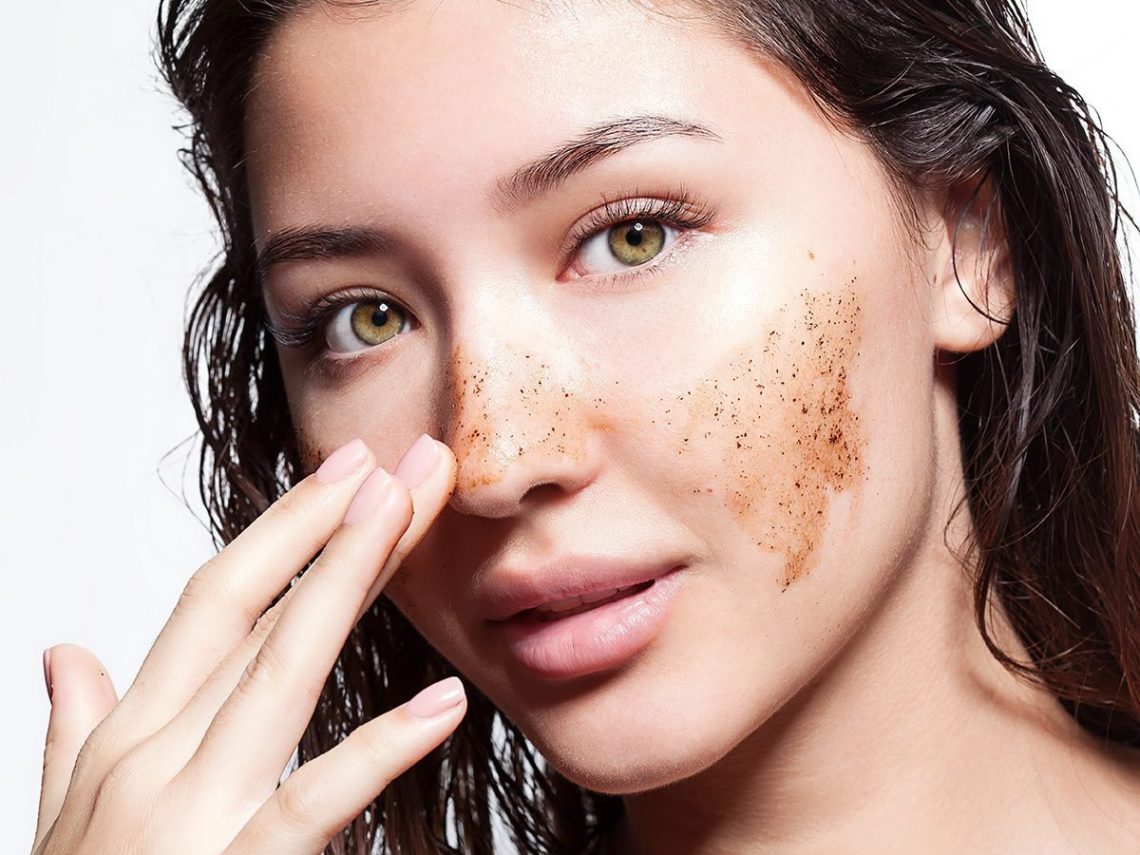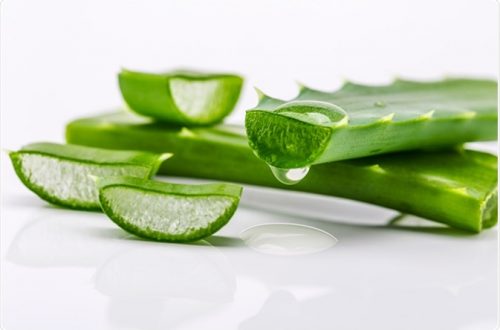
What are the different types of facial scrubs?
Exfoliation is not just exfoliation. There are now a wide variety of products that promise an even and radiant complexion. There are three types of facial peeling: chemical and mechanical peeling. These, in turn, are divided into subspecies. We present the most well-known Skincare facial scrubs and explain who they are suitable for.
Chemical peels
This type of peeling is particularly effective. Because a chemical peeling penetrates the deeper layers of the skin and unfolds its positive effects there. The main active ingredient is an acidic substance. Exactly which one depends on the product in question. A distinction is made between alpha hydroxy acids (AHA) and beta hydroxy acids (BHA). In addition, enzyme peeling is one of the chemical facial peelings.
On the one hand, a chemical peel stimulates collagen production and thus prevents premature skin ageing ( you can find more anti-ageing tips here ). On the other hand, the peeling removes dead skin cells and creates an even radiant complexion. Another benefit of chemical peels is their ability to lighten pigment spots (and, by extension, age spots).
Beta Hydroxy Acids (BHA)
Beta-hydroxy acids or BHAs form the second form of chemical peeling short. They contain salicylic acid and are particularly suitable for skin prone to imperfections. Finally, BHAs are anti-inflammatory and pore-cleansing. They free your skin from sebum and dirt and thus effectively prevent the formation of blackheads.
In addition, beta-hydroxy acids reduce pigment spots that remain on the skin after pimples have healed. Many products with BHA also improve skin hydration and contain antioxidants that protect your skin from harmful environmental influences and premature skin ageing. You can also use a BHA peeling on a Dry and cleansed face. Washing off is not necessary.
Enzyme peeling
In an enzyme peel, proteins on the top layer of skin are broken down, allowing dead skin cells to slough off. It is also a chemical peeling because it contains no abrasive particles. In the case of enzyme peeling, plant substances are usually used, for example, pineapple or papaya, which are offered in powder form.
As soon as the enzymes come into contact with water, they develop their cell-dissolving effect. Therefore, you use the peeling by lathering it up in your hands and then applying it to the skin of your face. After a short exposure time, rinse off the facial peeling again.
The superficial peeling also cleanses thoroughly and, with regular use, ensures a radiant complexion and delicate skin. Since enzyme peeling is very gentle, it is also ideal for sensitive and dry skin. People with couperose or rosacea can also use an enzyme peel.
Mechanical peels
When you think of facial peels, you probably have mechanical peels in mind. Because this type of peeling contains the smallest abrasive particles or grains that provide the well-known peeling effect. Mechanical peelings are usually creams or gels that you gently massage into the skin of your face and then wash off with lukewarm water.
The tiny particles loosen dead skin cells with circular movements. This, in turn, stimulates microcirculation, i.e. the blood flow through the smallest blood vessels. The result is immediately visible: your facial skin appears rosier and more even.





